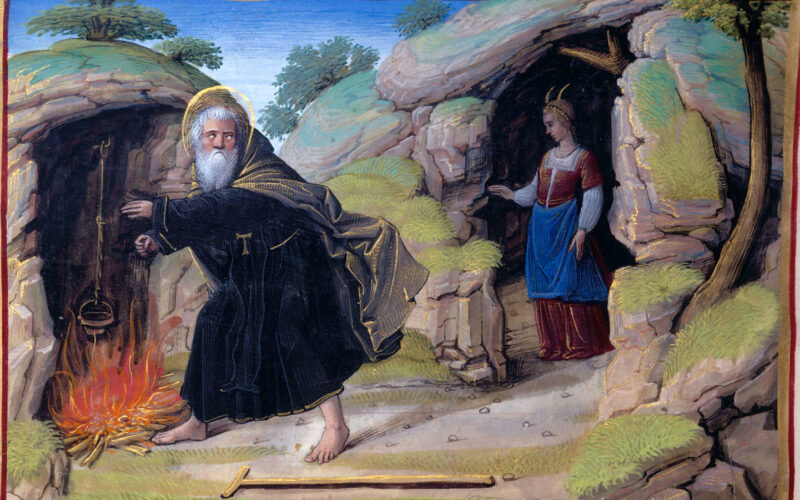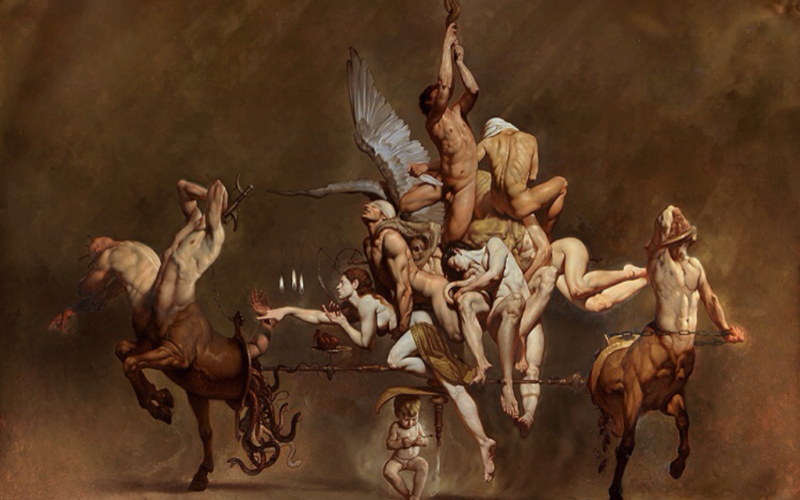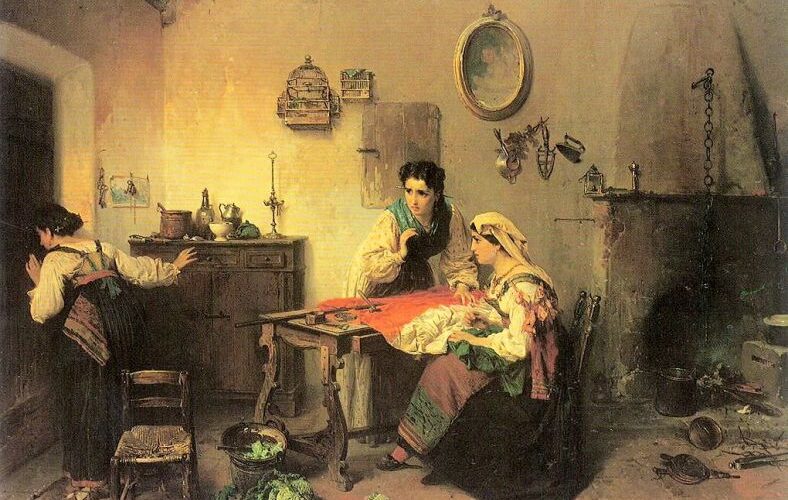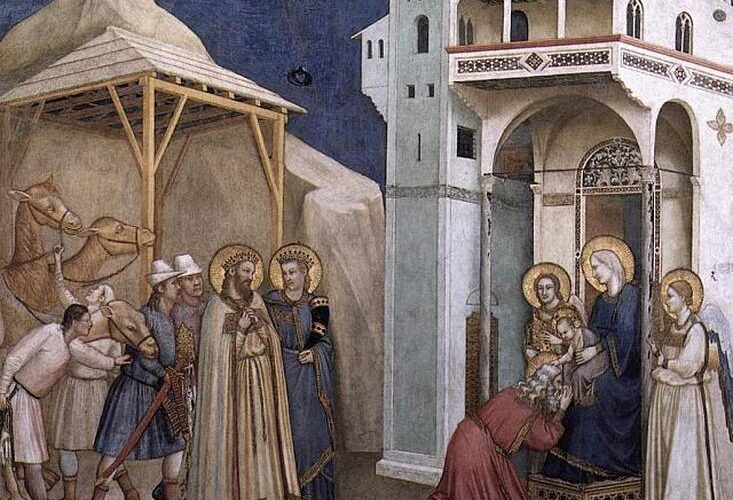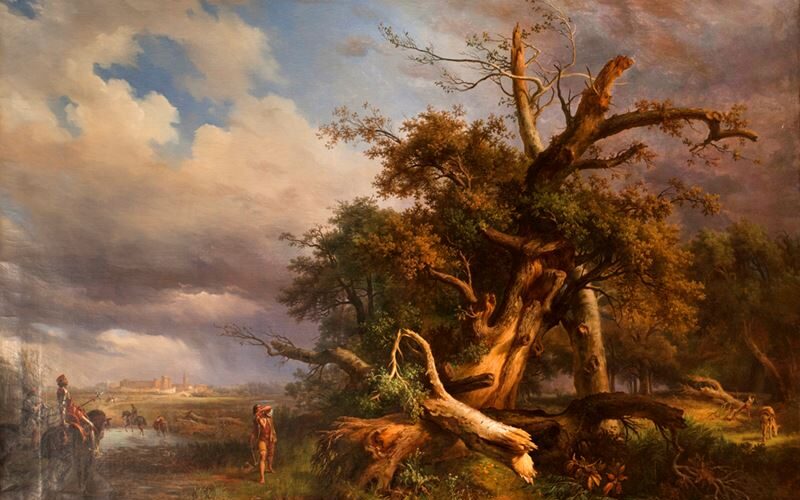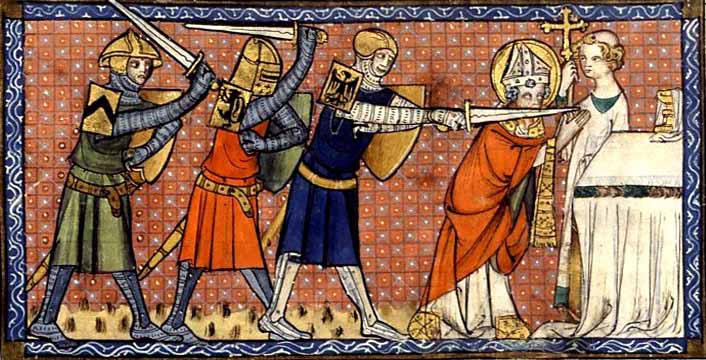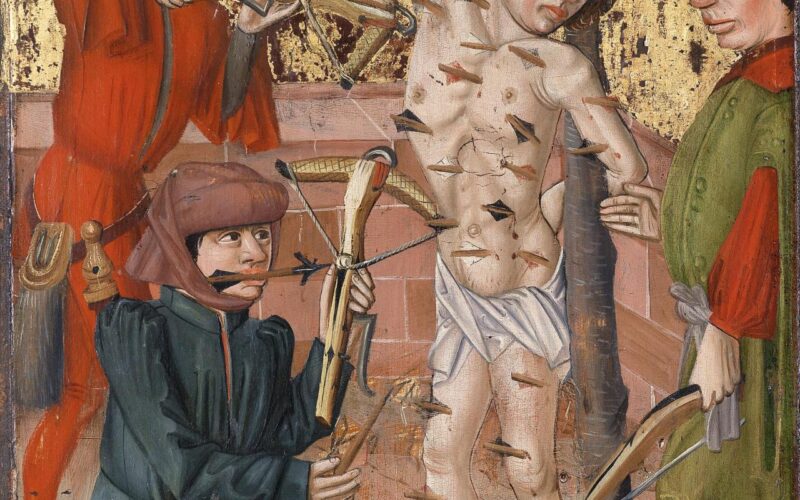
Evolving Visions: The Artistic Journey of Saint Sebastian
On a cold January day, when the sky casts a gray hue over the world, the Church's memory wraps itself around the figure of Saint Sebastian, a saint who, like a tragic hero of ancient memory, stands tall in the history of art as an enigma as captivating as it is mysterious. His image, so frequently depicted in artworks, has transcended centuries, transforming into an icon that defies time and conventions.In the oldest depictions, Saint Sebastian appears as a soldier, clad in military cloak, a tangible reminder of his earthly past and sacrifice. However, it's during the Renaissance that his…

